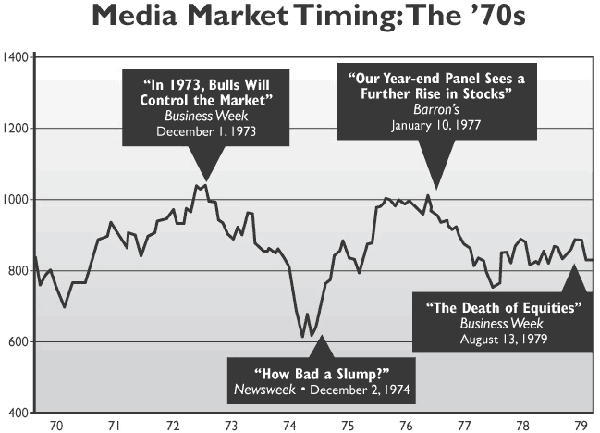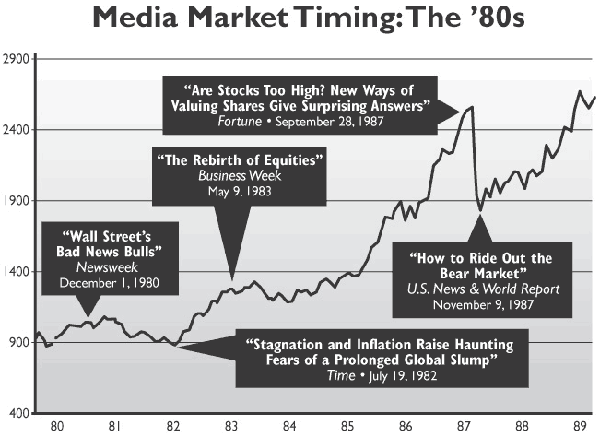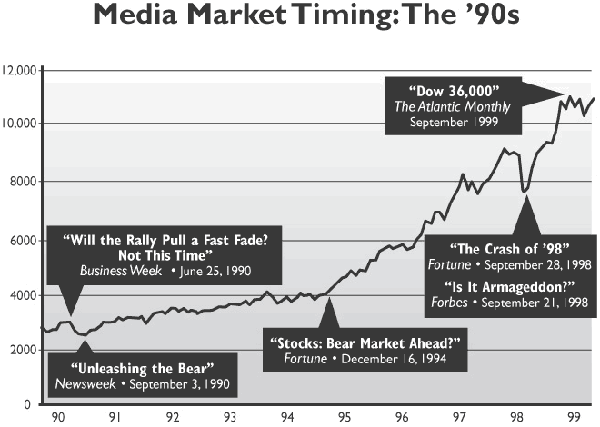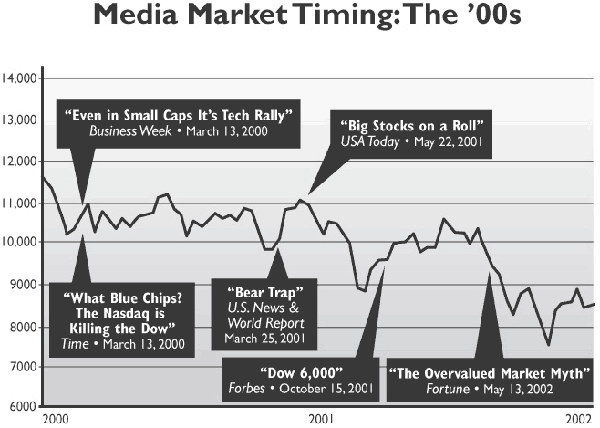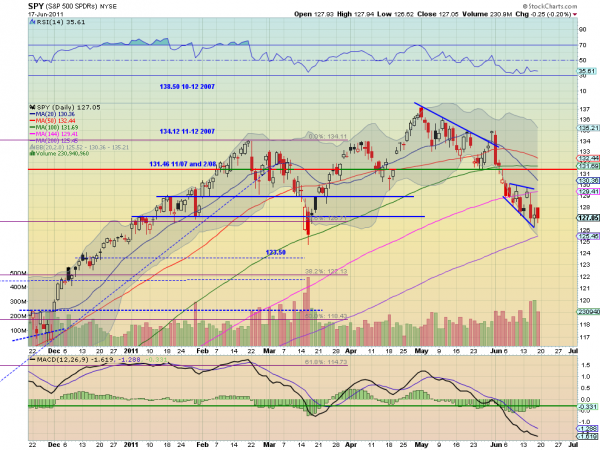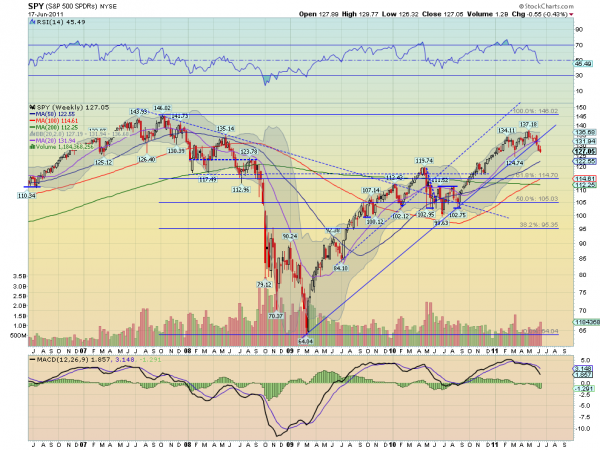While the mainstream media has numerous stories for why 2008 occurred, the real one is largely ignored because admitting it would mean admitting that the entire financial system is filled with crap and that none of these problems have gone away.
The truth is that the cause of the 2008 crisis was the black hole of finance: the derivatives market. A market that is so enormous (20 TIMES the entire world stock market), so unregulated (Wall Street can literally price these things at whatever levels it wants) and so complicated that virtually no one wants to write about it.
Bernanke, Paulson, all of those guys lied when they acted like 2008 was a surprise. What was a surprise was that the system managed to last as long as it did. As far back as 1999, Greenspan admitted in private conversation that any attempt to rein in the derivatives market would “implode” the market.
Why is this? Because derivatives are crap, pure and simple. While intensely complicated on paper (the prospectus for a typical CDO was north of 60 pages) the derivatives market can ultimately be described in three words: Wall Street BS. It’s basically the creation of “assets” by dressing up bad ideas and financial nonsense in complicated terminology.
Consider the mere notion that lumping a bunch of crap mortgages, student loans, and auto loans into a single package and then claiming somehow a portion of this is prime quality asset and you’ll get an idea of what I’m talking about (hint: they’re all still “crap” loans made to folks who won’t be paying them back).
The reason Wall Street went so crazy with these things is simple: they can price them at whatever prices they like and shill them to whoever (Greece, Jefferson County, Alabama, etc) while charging fees at every stage of the process.
Imagine the profitability you could create if you literally could claim your own excrement was a financial instrument and then sell it to investors while loading the deal up with transaction fees, processing fees, fees if they ever realize it’s just crap and don’t want it anymore, and the like.
As you can imagine, this situation lends itself to getting a little too carried away. Small surprise then that the derivatives market is over $600 trillion in size. That’s right, the largest market in the world is based on imaginary crap designed to make money for Wall Street and no one else.
So 2008 comes along. We all find out that this bunch of crap nearly destroyed the financial system. And we did… nothing. Bernanke funneled trillions to the big banks (all of whom are the primary producers of this crap) and that’s about it.
It’s almost as if the conversation went like this.
Bernanke: You did what!?!?
Wall Street: We have rendered the entire financial system insolvent with crap. We need trillions.
Bernanke: Hmmm… will you stop making this crap?
Wall Street: No.
Bernanke: Will you consider admitting it’s crap?
Wall Street: No
Bernanke: Ok, here’s a blank check.
So here we are today. And rather than fixing any of these problems, we’ve transferred a couple trillion dollars’ worth of this crap to the public’s balance sheet.
Put another way, the crap that nearly took down the banks has been allowed to spread to the US and other country’s balance sheets.
What happens when a problem is not only ignored but allowed to spread even further? Well, we’re going to find out.
Indeed, the next Crisis is coming. And it will make 2008 look like a picnic. Why? Because this time around the Crisis will involve entire countries, rather than just banks (see Greece today). It’s going to be really REALLY bad. And I would argue that 99% of people are completely ignorant of it.
Don’t be one of them. Don’t believe for one moment that the issues that created 2008 are fixed or that somehow we’ve made it through the worst. The worst is only just beginning. It may take a while to hit (just as 2008 did) but when it does it’s going to be really, really, REALLY bad.
On that note if you’ve not taken steps to prepare for the coming Crisis, you NEED To download my FREE report devoted to showing in painstaking detail how to protect yourself and your portfolio from the coming ROUND TWO of the Financial Crisis (round one wiped out $11 TRILLION in wealth).
I call it The Financial Crisis “Round Two” Survival Kit. And its 17 pages contain a wealth of information about portfolio protection, which investments to own, which to avoid, and how to take out Catastrophe Insurance on the stock market (this “insurance” paid out triple digit gains in the Autumn of 2008).







